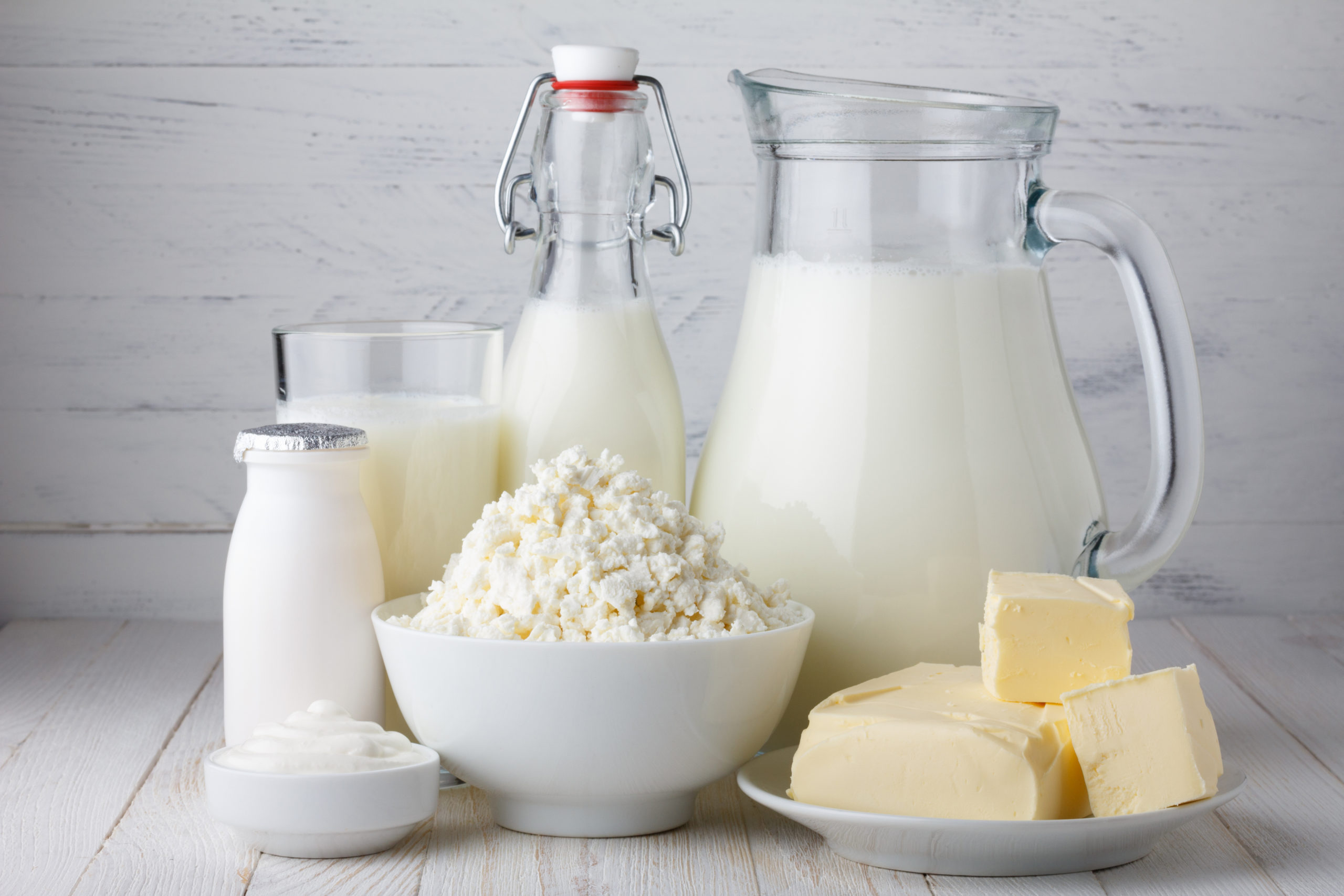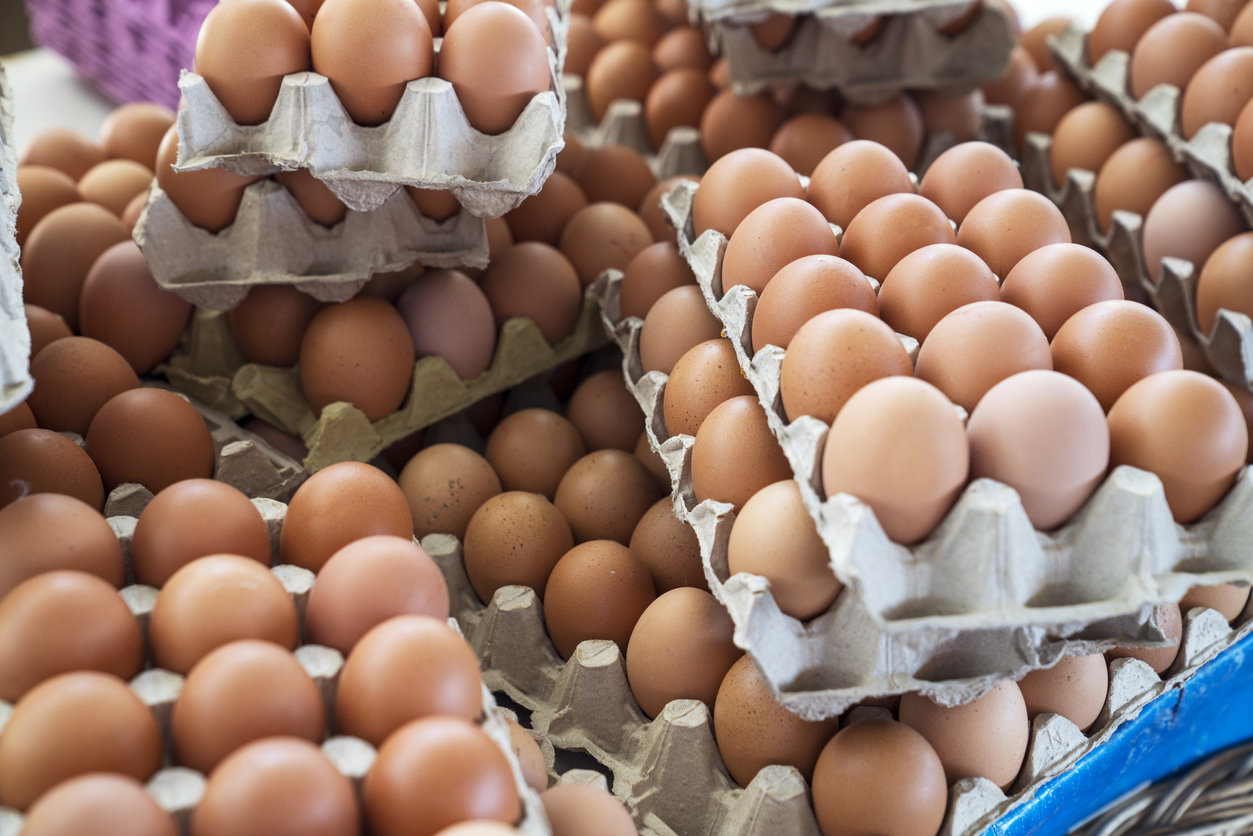Rationing is an often overlooked aspect of British war life. It quite literally governed what people could and couldn’t eat for over a decade. It instilled into a generation a particular mindset which my own Nana holds to this day; one of frugality, home-growing, eating everything put in front of you, and… spam.
A lot of historical emphasis is placed on those who grew their own fruit and vegetables in gardens, allotments, and rural spaces. Under the shadow of home-growing, the dairy side to rationing is lost to the archives but it’s equally as important for us to consider because it underwent some drastic changes in such a short space of time – changes which have had lasting impacts.
In looking at dairy rationing during the Second World War, perhaps some lessons can be taken from our frugal British wartime ancestors.
Why Was Rationing Needed?
The second world war was unprecedented for a number of reasons. There was the use of bioweapons like poisonous gas and atomic bombs, the military use of submarines, there were women on the front, and children were evacuated from cities for years on end… and there was spam.
There was also rationing. Whilst being an island is a military advantage in many circumstances (we haven’t been successfully invaded since 1066), it can also be a detriment. Given that only a third of the food available in Britain before the 1940s was produced nationally, the only way to provide for the whole population was via imports which would have to be via merchant navy. However, the notorious German u-boats were relentless in their sinking of British merchant ships which significantly hindered import efforts.
In order to cope with decreased provisions, the government introduced the same ration books which were distributed at the end of the First World War. The aim was to divide the nation’s essential subsistence equally across the whole population. Every person was given a ration book according to their age and chose one store from which they would buy their rations, which stamped their ration book in return. Gradually more and more items were added to the ration – even clothing!
An Adult’s Rations for 1 Week
- Bacon & Ham (4 oz)
- Other meat to the value of 1 shilling and 2 pence (equivalent to 2 chops)
- Butter (2 oz)
- Cheese (2 oz)
- Margarine (4 oz)
- Cooking fat (3 pints)
- Sugar (8 oz)
- Preserves (1 lb every 2 months)
- Tea (2 oz)
- Eggs – 1 fresh egg (plus an allowance of dried egg)
- Sweets (12 oz every 4 weeks)
- [Vegetarians were afforded an extra 3 oz cheese per week]
Reference: 1 oz is roughly 28g so 4 oz is about 114g.
Popular Alternative Recipes
The Woolton Pie: Because of meat shortages, the Ministry for Food encouraged the adoption of the ‘Woolton Pie’ as a vegetable alternative to meat pies, named after Food Minister Lord Woolton. In contrast to conventional pies, it had a potato pastry, was topped with grated cheese, and was served with vegetable gravy. Although it was created by the head chef at the Savoy, it wasn’t well received and was soon forgotten once rationing ended.
The National Loaf: Where people’s primary choice was generally white bread, the national Federation of Bakers created this loaf in response to wartime shortages of white flour. Using wholemeal flour and adding calcium and vitamins, this loaf was very similar to modern-day brown bread and was similarly unfavourable.
Extra: Eleanor Roosevelt, the wartime American first lady, commented in 1942 on a visit to Buckingham Palace that ‘we were served on gold and silver plates, but our bread was the same kind of war bread every other family had to eat.’
If she wasn’t a fan of brown bread then I wonder what she’d have had to say about spam!
Carrot Cake: Although this was not technically a wartime creation, rationing certainly fuelled a huge increase in the popularity of carrot cake through the war years. Although modern recipes have developed since this time, it traditionally used carrots as a widely available root vegetable alternative to flour, fat, and sugar which, contrastingly, were a necessity in other cakes.
Bread Pudding: This was a popular recipe because it utilised stale bread. Not only this but it only required a small amount of sugar and it could be made using egg powder rather than full eggs, both of which were heavily rationed. To distract from the stale bread, dried fruits and spices were added to the recipe.
The Death of Farmhouse Cheese Production
One of the food sectors which was arguably the worst hit by rationing was Farmhouse production. Through the 1930s, the government sought to encourage national self-sufficiency rather than relying on foreign cheese imports. The result was the rise of dairy factories that created versions of Britain’s famous cheeses like Cheddar, Stilton, and Leicester, which were often little like their originals. This coincided with the aftermath of the Great Depression (1929) which meant that people simply didn’t have money to spend on independent Farmhouse cheeses.
The next big blow came in the form of rationing and the Milk Marketing Board (MMB) which was created in 1933 but which didn’t fully flex its muscles until the introduction of rationing. Overall, cheese rationing lasted from 1941 until 1954. Hence, the emphasis was on efficiency and dairy producers had to adhere to MMB-set industry standards. As a result, Wensleydale production alone saw its 176 producers in 1939 fall to 9 by 1946, all of which gave up by 1954.
Dorothy Hartley, who wrote the infamous Food in England (1954) commented that ‘our cheeses are lost to England’ (it’s a shame that spam isn’t though). As postwar food production increased rather than decreased, its emphasis was on efficiency and quantity such that block farmhouse cheddar quickly became the norm.
Finally, reformed town centres and changes in people’s shopping habits saw the decline of town fishmongers, cheesemongers, and butchers, and instead saw the rise of jack-of-all-trades supermarkets.
Guns Need Grease: Butter, Fats, and Oils
Many fats came from lands in the Pacific that were conquered by the Japanese which meant that supply decreased for the UK. Problematically, not only did civilians need fats and oils but the military also needed them to grease their guns and for various other uses. Popular propaganda slogans included: ‘One tablespoonful of kitchen grease fires five bullets’ and ‘One pound of kitchen fats makes enough dynamite to blow up a bridge.’
Glycerin was a vital substance that came from fats which had the following uses:
- Protective paint for planes and tanks
- Lubricant for hydraulics
- Cellophane food wrappers
- Dye for uniforms
- Vital for pharmaceuticals
One means by which the government encouraged less glycerin use was by incentivising ‘reward collection.’ For example, starting at the end of 1943, people received 2 red ration points and 4 cents for each pound of grease they salvaged. This indicates just how important the substance was to the military… although it’s a shame that spam had limited military uses!
Eggs: Fried, Poached, Boiled, or… Dried
As eggs continued to be heavily rationed, in mid-1942 the US-made dried eggs available to the UK. The mixture was advertised as being pure fresh eggs with no additions and nothing but the moisture taken away, such that one time or packet contained twelve eggs.
They were quickly dubbed ‘ersatz eggs,’ ersatz being a colloquial term meaning ‘something inferior.’ Attempting to convince civilians of their authenticity, the government issued propaganda posters with pictures of chickens saying ‘dried eggs are my eggs – my whole eggs and nothing but my eggs.’ However, the perception remained that these eggs were an artificial substitute… a bit like spam.
Why Dairy Rationing is Significant
Although dairy rationing is an under-explored aspect of British wartime life compared to home-growing, it was still hugely important for the war effort and had huge impacts:
Firstly, it encouraged a number of alternative recipes like the unpopular Woolton Pie and the Carrot cake. Secondly, it sped up the decline of Farmhouse production which has only recently begun to pick back up. Thirdly, it uncovered a military reliance on fats and oils which civilians were expected to alleviate. Lastly, it encouraged the creation of alternative food sources such as dried eggs, an innovation that continued post-war.
Dairy rationing transformed many aspects of people’s lives, both implicitly and explicitly. Relating this to current day issues, taking notes out of wartime Britain’s book could help with, say, the environmental crisis. Because large-scale industrial farming creates a chain of environmental issues, buying nationally sourced dairy for your cafe, bakery, hotel, or restaurant, rather than importing from abroad can drastically help reduce deforestation and carbon dioxide emissions and that’s only the tip of the iceberg.
Freshways has been a premier UK dairy provider for over 37 years and is committed to high-quality dairy products. Browse their fresh milk, cream, eggs, and cheese, or get in touch by calling 0208 746 2046 today!


